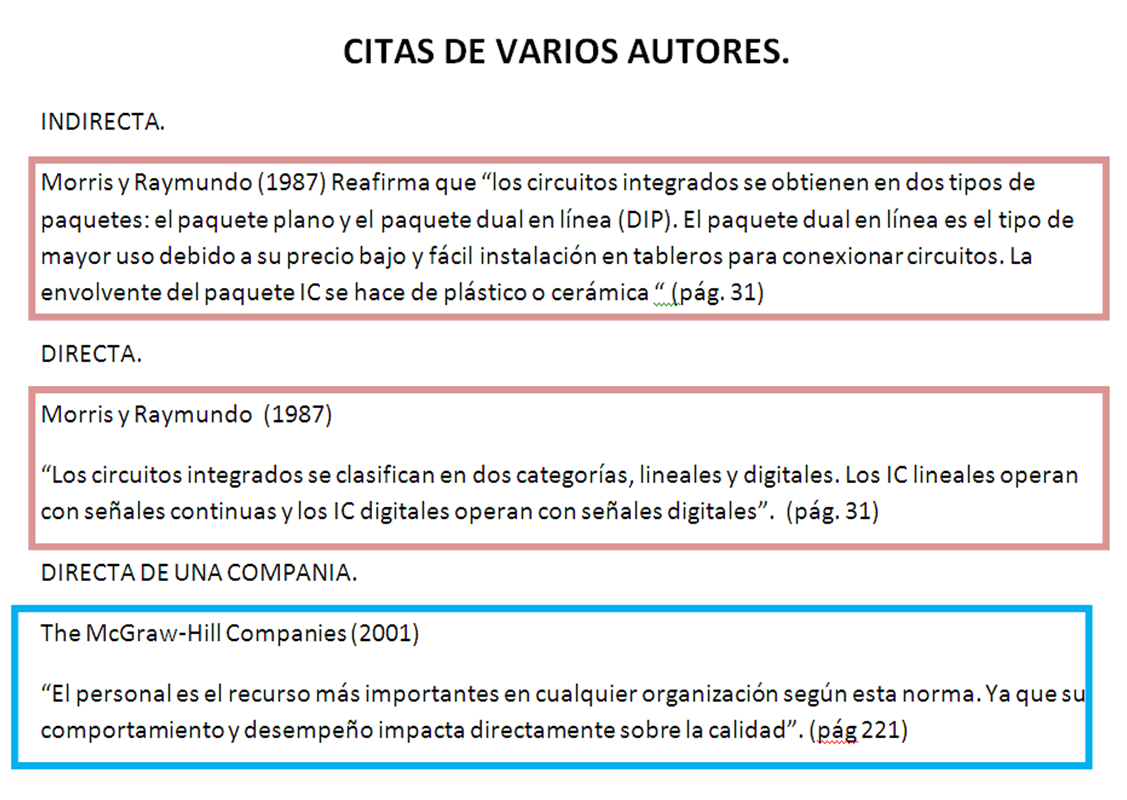Imagine this: you're trying to tell a friend about an amazing movie you just saw, or maybe you're writing a paper and need to reference an expert's opinion. How do you bring those outside voices into your own words? That's where the magic of direct and indirect quotations comes in – these little tools can dramatically change the way you communicate, allowing you to blend other people's words seamlessly with your own.
Think of it like building a house. You wouldn't construct the entire thing out of the same material, right? You'd use bricks for the walls, wood for the roof, glass for the windows. Each material has its purpose. Direct and indirect quotes are like those building blocks, adding texture and depth to your writing.
Direct quotes, as the name suggests, are like snapshots – they capture the exact words someone said or wrote, preserving the original tone and impact. Imagine you're writing about climate change and you want to emphasize the urgency of the situation. You might directly quote a renowned scientist saying, "The climate crisis is not a future threat, it's a present reality." Boom. Powerful, right?
But what about when you need to be a bit more subtle, to integrate someone else's ideas without a direct hit? That's where indirect quotes come in. They allow you to paraphrase, summarizing someone's words while still attributing the idea to them. It's like saying, "My friend, who's a climate scientist, believes we need to act now to avert a climate disaster." You're conveying the same urgency but in a more integrated way.
Mastering these two types of quotations can feel like learning a secret code, but it's a code that unlocks a whole new level of communication. You'll be able to build stronger arguments, add credibility to your writing, and make your words resonate with greater impact. So buckle up, because we're about to dive deep into the world of direct and indirect quotes, exploring their nuances, benefits, and even some common pitfalls to avoid.
Direct vs. Indirect Quotes: What's the Difference?
While both direct and indirect quotes serve to incorporate outside information into your writing, they differ in their approach and effect.
| Feature | Direct Quotes | Indirect Quotes |
|---|---|---|
| Wording | Uses exact words enclosed in quotation marks | Paraphrases the meaning without quotation marks |
| Attribution | Clearly attributes the source | Attributes the source but with less emphasis on exact words |
| Effect | Provides greater impact and credibility | Allows for smoother integration of information |
For instance, consider this direct quote: "The only way to do great work is to love what you do," said Steve Jobs. An indirect quote conveying the same idea might be: Steve Jobs believed that passion was essential for producing exceptional work.
Choosing between direct and indirect quotes depends on the context and your desired effect. Direct quotes pack a punch, while indirect quotes offer flexibility and flow. Mastering both empowers you to become a more effective and nuanced communicator.
Unlocking the charm of i tell me ma lyrics
Tame your thick carpets the ultimate guide to carpet mats
Crafted characters unveiling the charm of download old english font free
Dos semejanzas entre cita directa e indirecta - Khao Tick On
que son las citas directas e indirectas - Khao Tick On
Fuentes del derecho: Directas e Indirectas - Khao Tick On
que son las citas directas e indirectas - Khao Tick On
Citas directas e indirectas - Khao Tick On
Oraciones interrogativas DIRECTAS e INDIRECTAS y ejemplos - Khao Tick On
Como Citar Un Mapa Conceptual Con Normas Apa 7ma Edicion Imagesee - Khao Tick On
3. ¿Cómo citar? Cita directa e indirecta - Khao Tick On
bandeja Florecer Enriquecer cuales son las fuentes primarias de la - Khao Tick On
Cita DIRECTA e INDIRECTA - Khao Tick On
S4_Citas directas e indirectas seminario de investigación - Khao Tick On
Población Directa e Indirecta Un Análisis Exhaustivo de sus Impactos - Khao Tick On
Tipos de cita según norma de estilo APA - Khao Tick On
Frases Para Citar Autores - Khao Tick On
Cita DIRECTA e INDIRECTA - Khao Tick On














